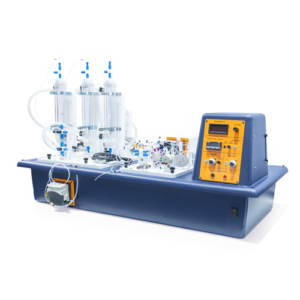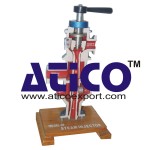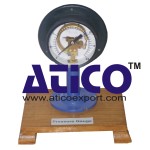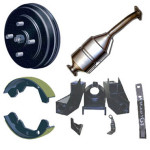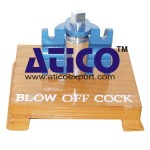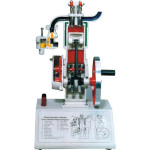Description:
The unit introduces students to the fundamentals of packed-bed catalytic reactors. It is a benchtop unit available with either two or three reactor columns. Using two columns with a chemical catalyst allows a different particle size exchange resin to be used in order to study the effect of particle size on reactor kinetics. It is possible to use a third column to investigate biological catalysis, using the enzyme invertase, and compare this with chemical catalysis. An optional flow injection analysis module is available. This module is positioned on the plinth and provides an easy online measurement of product yield, eliminating the need for manual assays. The module is also useful for teaching the technique and demonstrating the advantages of this measurement method in continuous processes.
Demonstration Capabilities:
- Understanding the principles of packed-bed catalytic reactors
- Mass balancing
- Examination of steady and unsteady-state catalysis
- Comparison of chemical and biological (enzymic) catalysis
- Flow characterization in a packed bed
- Understanding the principles of flow injection analysis
Specification:
- A benchtop unit comprising a vacuum formed ABS plastic plinth with integral electrical console on to which is mounted the packed bed reactor columns, feed pump, optical sensor and optional Flow Injection Analysis (FIA) system.
- The unit is supplied as standard with two reactor columns for chemical catalysis.
- A third column can be optionally added to the system for biological (enzymic) catalysis.
- A heated water supply to the column jackets allows automatic control of reaction temperature to a set point value.
- Feed flow rate can be varied between 0 and 15 ml/min. The FIA pump can be adjusted to give flow rates up to 2.5 ml/min.
- All electrical circuits are fitted with appropriate protection devices.
- The console has two digital meters. The first, associated with the controller, shows the temperature of water supplied to the column jackets, and the second shows the optical sensor reading which provides a measure of product concentration. Corresponding signals are routed to the I/O port for connection to a PC.

